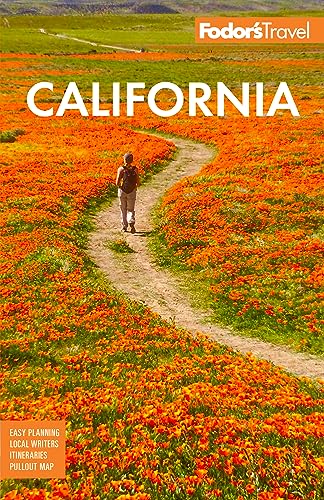In the 1860s, tourists began flocking to this ranching outpost to "take the cure" in a bathhouse fed by underground mineral hot springs. An Old West town emerged, and grand Victorian homes went up, followed in the 20th century by Craftsman bungalows. These days, the wooded hills of Paso Robles west of U.S. 101 and the flatter, more open land to the freeway's east hold more than 250 wineries, many with tasting rooms. Hot summer days, cool nights, and varied soils and microclimates allow growers to cultivate an impressive array of Bordeaux, Rhône, and other grape types.
Cabernet Sauvignon grows well in the Paso Robles AVA—40,000 of its 600,000-plus acres are planted to grapes—as do Petit Verdot, Grenache, Syrah, Viognier, and Zinfandel. In recognition of the diverse growing conditions, the AVA was divided into 11 subappellations in 2014. Pick up a wine-touring map at lodgings, wineries, and attractions around town. The fee at most tasting rooms is between $10 and $25; many lodgings pass out discount coupons.
Upmarket restaurants, bars, antiques stores, and little shops fill the streets around oak-shaded City Park, where special events of all kinds—custom car shows, an olive festival, Friday-night summer concerts—take place on many weekends. Despite its increasing sophistication, Paso (as the locals call it) retains a small-town vibe. The city celebrates its cowboy roots in late July and early August with the two-week California Mid-State Fair, complete with livestock auctions, carnival rides, and corn dogs.






